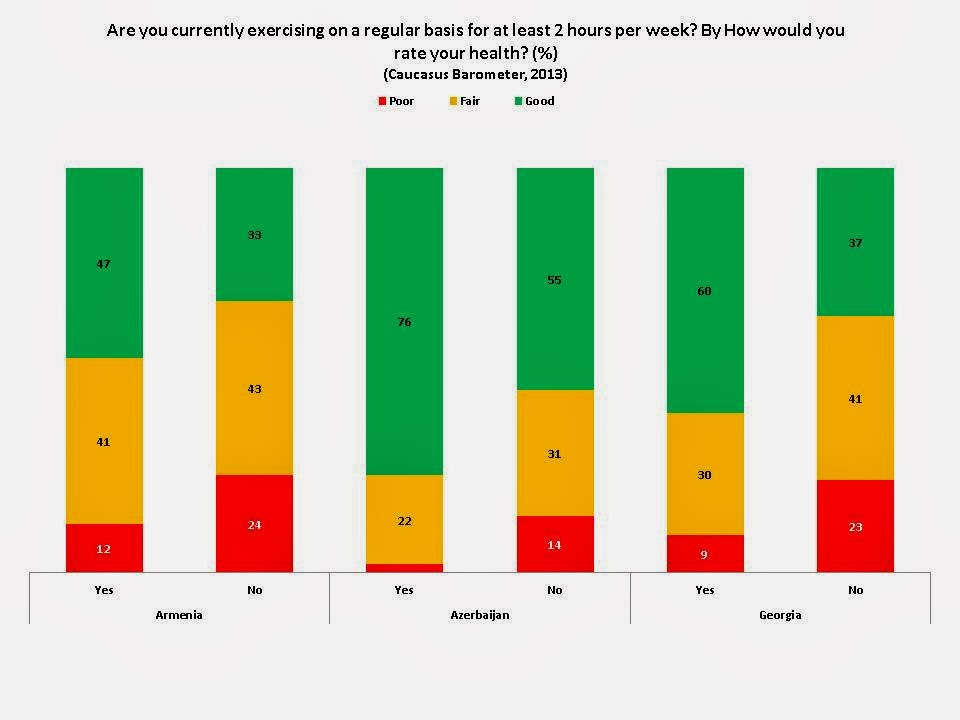
After the collapse of the Georgian economy in the 1990s, the country slowly started to recover, and between 2000 and 2014, the gross national income grew from $3.4 billion to $16.7 billion (in current USD). According to the National Statistics Office of…






